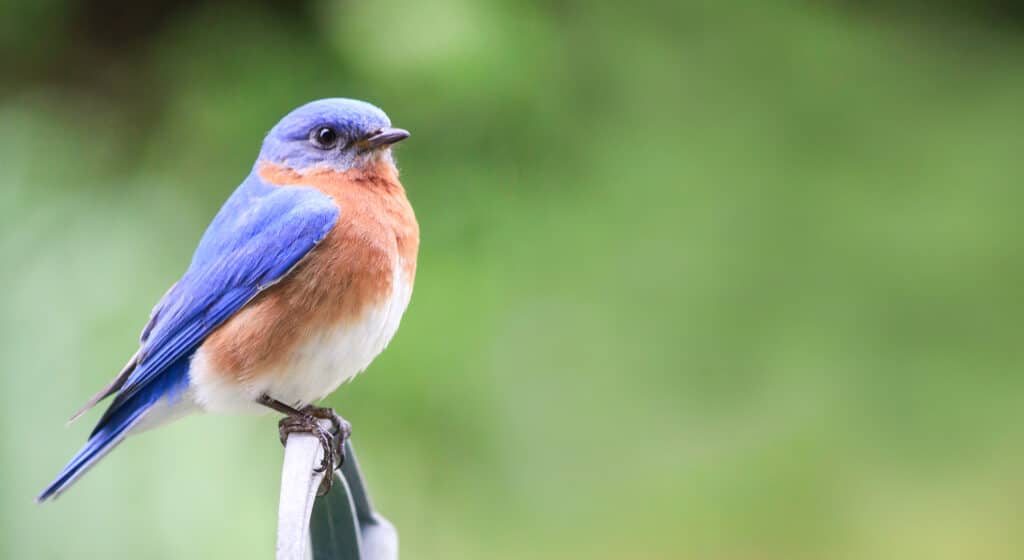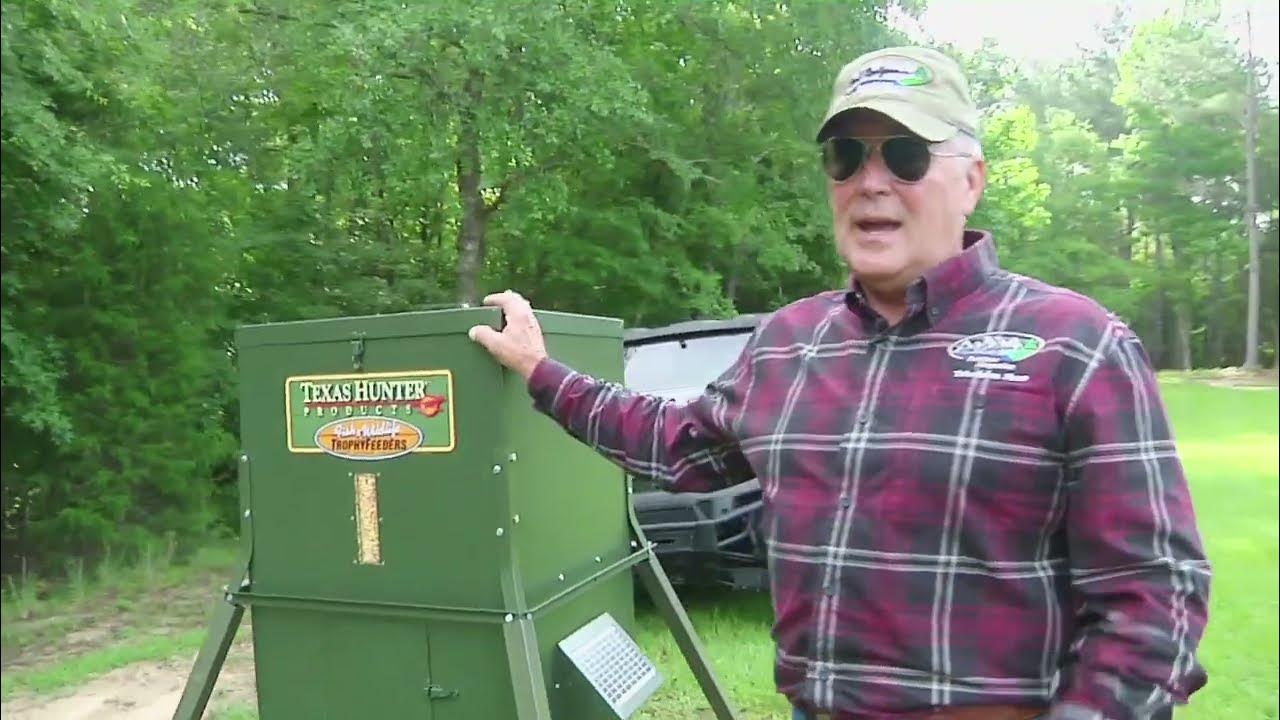Birdwatching is a cherished pastime for many nature enthusiasts, and Texas, with its diverse ecosystems, offers some of the best birdwatching opportunities in the country. Among the most captivating avian visitors to the Lone Star State are bluebirds. These charming creatures, with their vivid plumage and delightful behaviors, bring joy to birdwatchers across Texas. In this article, we’ll explore why bluebirds in Texas are such a delight for birdwatchers, from their stunning appearance to their interesting behaviors and the best ways to spot them.
The Beauty of Bluebirds
Vibrant Plumage: One of the most striking features of bluebirds Texas is their brilliant blue feathers. The male Eastern Bluebird, for example, sports a dazzling blue on its back, wings, and tail, with a contrasting reddish-brown chest. The Western Bluebird is equally eye-catching, with its bright blue and orange hues. The coloration of these birds is not just beautiful but also a highlight for birdwatchers who enjoy observing and photographing wildlife.
Distinctive Song: In addition to their stunning appearance, bluebirds are known for their melodious songs. The soft, clear notes of a bluebird’s song add a pleasant soundtrack to any birdwatching experience. Their calls are often described as cheerful and melodious, making them a joy to listen to during a quiet morning in the field.
Courtship Displays: Bluebirds have fascinating courtship rituals that can be mesmerizing to watch. During the breeding season, males perform aerial displays and sing to attract females. Their graceful flight patterns and energetic displays are a spectacle that highlights their beauty and agility.
Bluebirds and Their Habitats
Diverse Habitats: Bluebirds are adaptable and can be found in a range of habitats across Texas, from open woodlands and meadows to suburban areas with suitable nesting sites. This versatility makes them accessible to birdwatchers in various locations, whether you’re in a rural area or a more developed setting.
Nesting Preferences: Bluebirds are cavity-nesters, meaning they often use natural or artificial cavities for nesting. They are known to readily accept nest boxes provided by birdwatchers. In Texas, many bird enthusiasts put up bluebird houses in their gardens or on their properties, creating excellent opportunities to observe these birds up close.
Seasonal Movements: Depending on the species, bluebirds in Texas may be year-round residents or migratory visitors. The Eastern Bluebird, for example, is a partial migrant, with some individuals staying in Texas through the winter while others head south. Understanding their seasonal patterns can enhance your chances of spotting them.
Why Bluebirds Are a Favorite Among Birdwatchers
Ease of Observation: Compared to some elusive bird species, bluebirds are relatively easy to observe. Their striking colors make them stand out against the backdrop of their habitat. Additionally, bluebirds often perch on visible branches or wires, providing excellent viewing opportunities.
Family Life: Bluebirds are known for their strong family bonds. Observing bluebird families as they care for their young is a rewarding experience. Watching parents feed their chicks and prepare them for fledging offers a glimpse into the nurturing side of these birds.
Conservation Success Stories: Bluebirds have benefited from dedicated conservation efforts, which makes spotting them even more satisfying. Nest box programs and habitat restoration initiatives have helped increase their populations. Birdwatchers take pride in witnessing the positive impact of these conservation efforts on bluebird populations.
How to Attract Bluebirds to Your Area
Install Nest Boxes: One of the best ways to attract bluebirds to your property is by installing nest boxes. Make sure to place them in open areas with minimal vegetation and away from predators. Providing a suitable nesting site can encourage bluebirds to make your garden their home.
Provide Food: While bluebirds primarily eat insects and worms, they will also eat fruit, especially during migration. Offering suet, mealworms, or fruit can help attract them to your feeding stations. Be sure to provide clean water as well, as bluebirds need to stay hydrated.
Create a Bluebird-Friendly Habitat: Maintaining a bluebird-friendly environment involves creating a habitat with open spaces and native plants. Avoid using pesticides, which can reduce the availability of insects that bluebirds rely on for food. Native plants provide natural food sources and nesting materials.
Join Bluebird Conservation Efforts: Participating in bluebird conservation programs and organizations can further support these delightful birds. Many groups offer resources and guidance on creating bluebird-friendly habitats and tracking local populations.
Best Places to Spot Bluebirds in Texas
State Parks and Natural Reserves: Texas is home to numerous state parks and natural reserves where bluebirds are commonly spotted. Parks like Big Bend National Park, Caddo Lake State Park, and Palo Duro Canyon State Park offer excellent birdwatching opportunities with diverse habitats.
Suburban Gardens: Bluebirds can also be found in suburban areas with suitable nesting sites. Homeowners who have installed bluebird houses or created bird-friendly gardens may enjoy frequent visits from these beautiful birds.
Birding Trails: Texas has established birding trails across the state that highlight areas with abundant birdlife. The Great Texas Coastal Birding Trail and the Central Texas Birding Trail are popular routes for spotting a variety of bird species, including bluebirds.
Tips for Birdwatching
Bring the Right Gear: A good pair of binoculars and a field guide are essential for birdwatching. Binoculars help you get a closer look at the bluebirds without disturbing them, while a field guide can help you identify and learn more about the species you encounter.
Be Patient and Observant: Birdwatching requires patience and keen observation skills. Spend time quietly observing your surroundings and listen for the distinctive calls of bluebirds. Their vibrant colors and songs will often lead you to them.
Respect Wildlife: Always respect wildlife by keeping a safe distance and avoiding actions that might disturb their natural behavior. Use ethical birdwatching practices to ensure that bluebirds and other wildlife can thrive in their natural habitats.
Conclusion
Bluebirds in Texas are a true delight for birdwatchers, offering beauty, charm, and fascinating behaviors that enhance the birdwatching experience. Their vibrant plumage, melodious songs, and intriguing courtship displays make them a favorite among enthusiasts. By understanding their habitats, learning how to attract them, and exploring the best spots to see them, you can fully appreciate the joy these delightful birds bring. Whether you’re a seasoned birdwatcher or just starting, observing bluebirds in Texas promises a rewarding and memorable experience.




